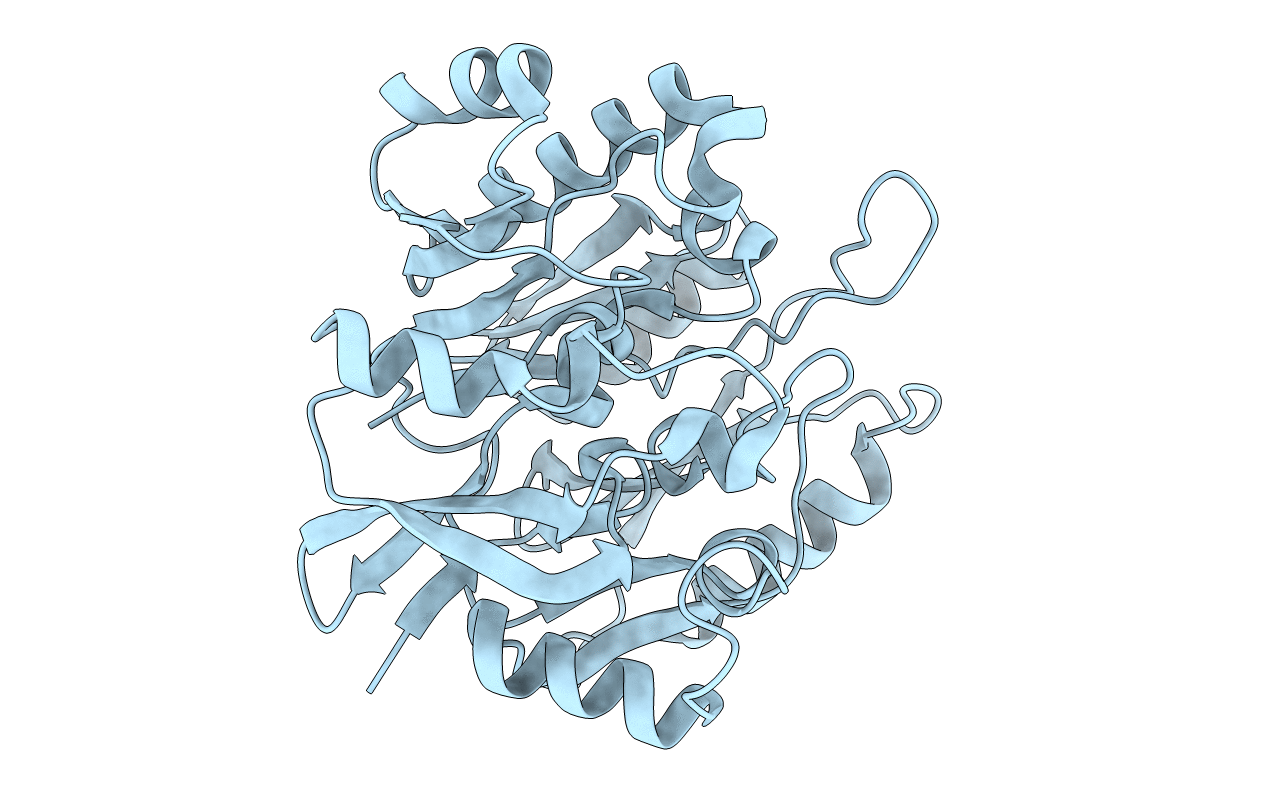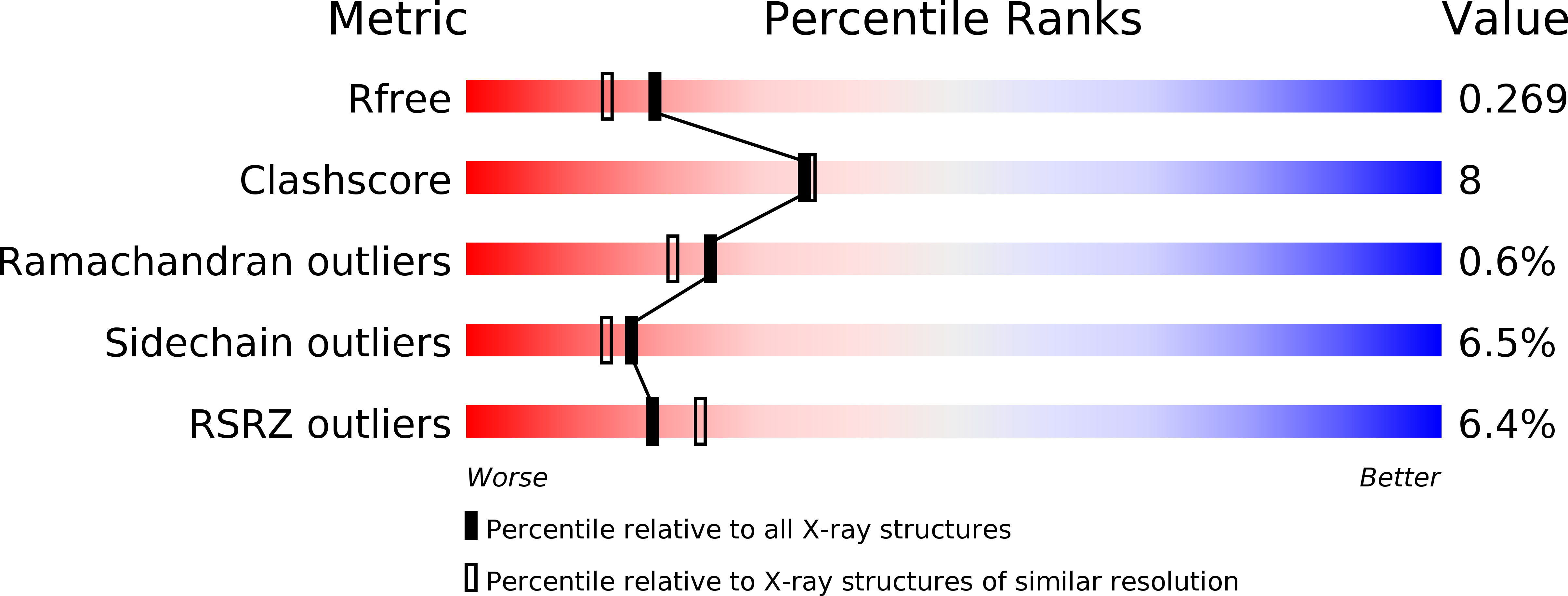
Deposition Date
2009-06-16
Release Date
2010-01-19
Last Version Date
2023-09-06
Entry Detail
Biological Source:
Source Organism:
Helicobacter pylori (Taxon ID: 85963)
Host Organism:
Method Details:
Experimental Method:
Resolution:
2.10 Å
R-Value Free:
0.25
R-Value Work:
0.20
R-Value Observed:
0.20
Space Group:
P 32 2 1


